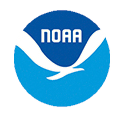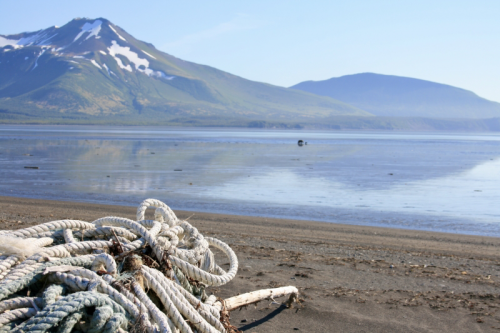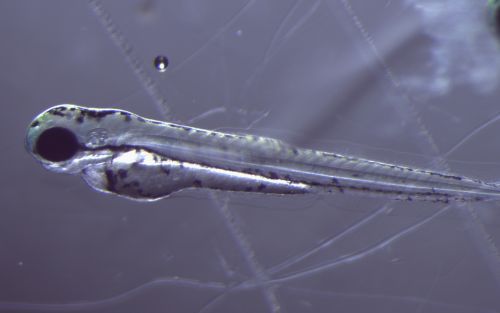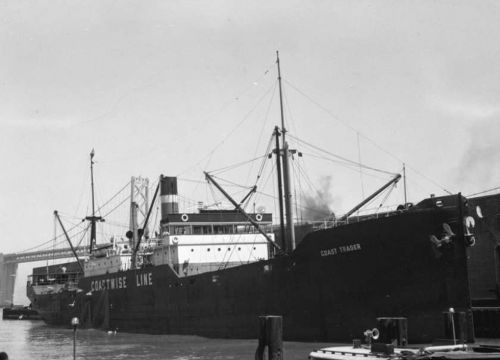June 9, 2025
Alaska Partners “Gear Up” for Summer Removals
The 2025 field season is shaping up to be busy for marine debris removal in Alaska. Groups around the state are heading to remote beaches to remove as much debris as possible, leaving cleaner and healthier beaches at the end of the season. Due to Alaska's extreme weather conditions and remote locations, working in the field during the winter is nearly impossible. That means that all field activities must happen between April and October. Even during the summer season, completing field activities is complex and requires lots of preparation. It’s essential to “gear up” and ensure everything is prepped and planned so that no time is wasted during the short season.
New Research Reveals How Chemical Exposure Affects Developing Zebrafish
A team of University of North Texas and NOAA scientists uncover novel neurologic effects in addition to cardiac effects in early stage zebrafish exposed to polychlorinated biphenyls (PCBs), expanding on available science relevant to natural resource damage assessments. A 2025 publication, reporting on research carried out by the University of North Texas, NOAA’s Office of Response and Restoration Assessment and Restoration Division, and other partners, evaluates the effects of the PCB mixture Aroclor 1254 on the early life stages of zebrafish. This research builds on existing studies examining how PCBs affect fish. Legacy contaminants, such as PCBs, bioaccumulate through the food chain from invertebrates to fish and wildlife, causing harm to both wildlife and humans who consume a contaminated organism. These contaminants can negatively affect development, growth, and reproduction of organisms in the ecosystem. Zebrafish (Danio rerio) are a common environmental toxicological model species, making them ideal for comparisons across multiple studies.
Web Highlight
Coast Survey’s Operational Forecast System Informs Shipwreck Oil Spill Scenarios
During World War II, the SS Coast Trader was hit by a torpedo and sank off the coast of Washington State. A recent dive to evaluate the vessel’s integrity showed potential signs of a leak from its 542 tons of heavy fuel oil aboard. NOAA’s Office of Response and Restoration began a comprehensive assessment of the Coast Trader’s fuel were it to fully leak, modeling potential paths and the impacts on the coastline. Thanks to Coast Survey’s West Coast Operational Forecast System, which provides water level, current, temperature, and salinity nowcast and forecast guidance, the team ran 400 spill scenarios for each season and determined the likely path for cleanup efforts—which changes based on the time of year the spill would occur.
Caption: Historical photo of the SS Coast Trader at port in San Francisco. Image credit: San Francisco Maritime National Historical Park. An official website of the United States government.
An official website of the United States government. 


